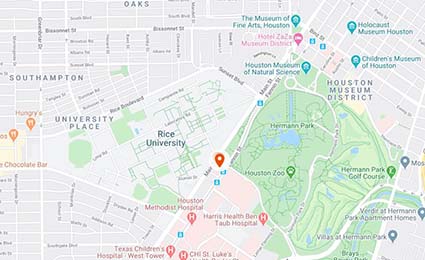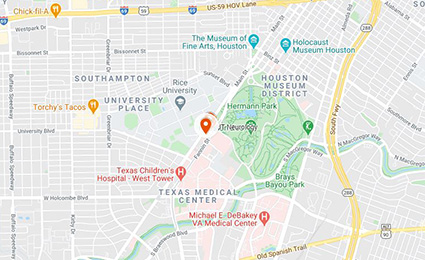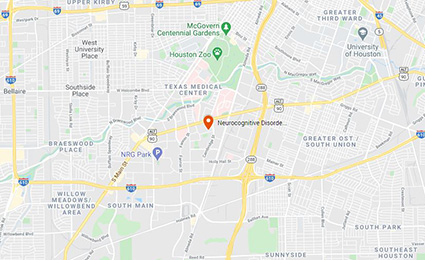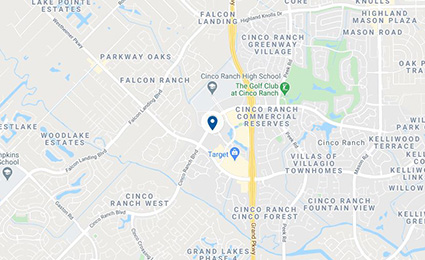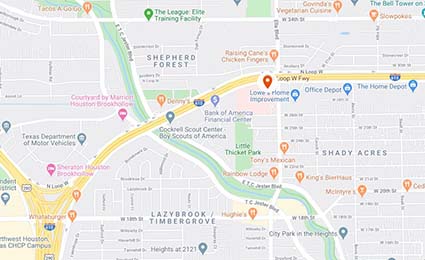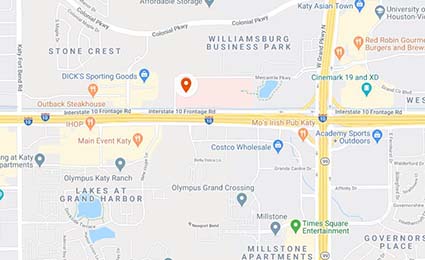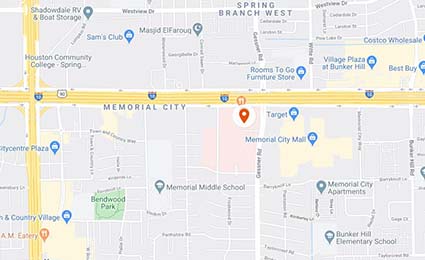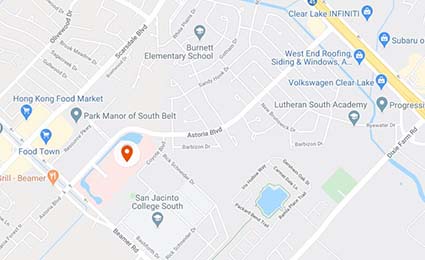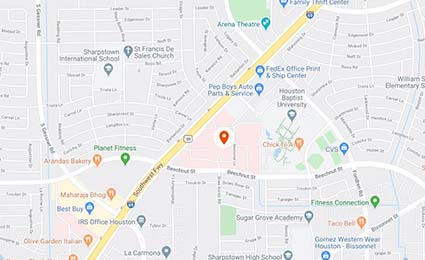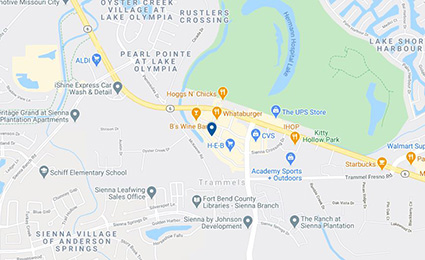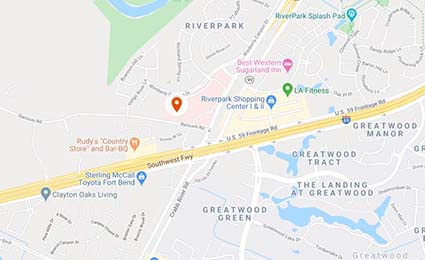Lumbar Stenosis
What is Lumbar Stenosis?
Lumbar stenosis is a narrowing of the spinal canal that compresses the nerves and blood vessels in one or more places in the lower back. The narrowing can put painful pressure on the spinal cord and nerves. Other symptoms may include numbness, loss of bowel or bladder control, and difficulty walking long distances.
While stenosis can occur anywhere along the spine, it’s most common in the neck and lumbar region. Treatment typically involves medication and physical therapy, but surgery may be recommended depending on the severity of the condition and extent of symptoms.
Causes of Lumbar Stenosis
Osteoarthritis, or the gradual wear of joints over time, is the most common cause of spinal stenosis. Changes associated with aging narrow the canal and can include movement of the vertebra that exacerbate the condition. Patients are usually 50 or older, and women are at a higher risk than men. Injury, a tumor, bone disease, or rheumatoid arthritis may also cause lumbar stenosis.
Early Signs of Lumbar Stenosis and Diagnosis
Signs of lumbar stenosis may vary from none to mild to severe, or they may appear slowly and worsen over time. Symptoms that support a diagnosis of lumbar stenosis are age; radiating leg pain that worsens with prolonged standing or walking and is relieved by sitting, lying down, or bending forward at the waist; numbness, weakness, pain, or cramping in the legs; and a wide stance when walking. Other clues are weakness or decreased sensation in the legs, decreased reflexes in the legs, and balance difficulties, all of which are strongly associated with lumbar spinal stenosis. In severe cases, lumbar stenosis may cause loss of bladder and bowel control.
Treatments for Lumbar Stenosis
Our spine specialists diagnose lumbar stenosis based on your history of symptoms, a physical exam, and imaging tests that may include X-rays, CT scan, or MRI. Most people with lumbar stenosis can be treated with nonsteroidal anti-inflammatory drugs or pain relievers, heat or ice applications, and physical therapy.
Patients who still experience pain or are significantly restricted in their daily movements after trying more conservative treatments may be candidates for surgery. Options may include a laminectomy, laminotomy, or laminoplasty. Your spine surgeon will give you specific information related to your particular condition and lifestyle goals, as well as a detailed description of the surgery and instructions on how to make the best recovery.
What You Can Expect at UTHealth Neurosciences
The UTHealth Neurosciences Spine Center brings together a multidisciplinary team of board-certified, fellowship-trained neurosurgeons, neurologists, researchers, and pain management specialists who work together to help provide relief for even the most complex problems. Your team will share insights, leading to better treatment decisions and outcomes.
We first investigate nonsurgical treatment options, including medical management, pain management, physical therapy, rehabilitation, and watchful waiting. When surgery is needed, our neurosurgeons routinely employ innovative minimally invasive techniques. Throughout the treatment process, we will work closely with the doctor who referred you to ensure a smooth transition back to your regular care. While you are with us, you will receive expert care, excellent communication, and genuine compassion.
Anatomy of the neck and spine
The spine is divided into the following regions:
- The cervical region (vertebrae C1-C7) encompasses the first seven vertebrae under the skull. Their main function is to support the weight of the head, which averages 10 pounds. The cervical vertebrae are more mobile than other areas, with the atlas and axis vertebra facilitating a wide range of motion in the neck. Openings in these vertebrae allow arteries to carry blood to the brain and permit the spinal cord to pass through. They are the thinnest and most delicate vertebrae.
- The thoracic region (vertebrae T1-T12) is composed of 12 small bones in the upper chest. Thoracic vertebrae are the only ones that support the ribs. Muscle tension from poor posture, arthritis, and osteoporosis are common sources of pain in this region.
- The lumbar region (vertebrae L1-L5) features vertebrae that are much larger to absorb the stress of lifting and carrying heavy objects. Injuries to the lumbar region can result in some loss of function in the hips, legs, and bladder control.
- The sacral region (vertebrae S1-S5) includes a large bone at the bottom of the spine. The sacrum is triangular-shaped and consists of five fused bones that protect the pelvic organs.
Spine Disease and Back Pain
Arthrodesis
Artificial Disc Replacement
Cauda Equina Syndrome
Cervical corpectomy
Cervical disc disease
Cervical discectomy and fusion
Cervical herniated disc
Cervical laminectomy
Cervical laminoforaminotomy
Cervical radiculopathy
Cervical spondylosis (degeneration)
Cervical stenosis
Cervical spinal cord injury
Degenerative Disc Disease
Foraminectomy
Foraminotomy
Herniated discs
Injections for Pain
Kyphoplasty
Laminoplasty
Lumbar herniated disc
Lumbar laminectomy
Lumbar laminotomy
Lumbar radiculopathy
Lumbar spondylolisthesis
Lumbar spondylosis (degeneration)
Lumbar stenosis
Neck Pain
Peripheral Nerve Disorders
Radiofrequency Ablation
Scoliosis
Spinal cord syrinxes
Spinal deformities
Spinal injuries
Spinal fractures and instability
Spinal Cord Stimulator Trial and Implantation
Spinal Fusion
Spinal Radiosurgery
Spine and spinal cord tumors
Spondylolisthesis
Stenosis
Tethered spinal cord
Thoracic herniated disc
Thoracic spinal cord injury
Transforaminal Lumbar Interbody Fusion
Vertebroplasty
Contact Us
At UTHealth Neurosciences, we offer patients access to specialized neurological care at clinics across the greater Houston area. To ask us a question, schedule an appointment, or learn more about us, please call (713) 486-8100, or click below to send us a message. In the event of an emergency, call 911 or go to the nearest Emergency Room.
